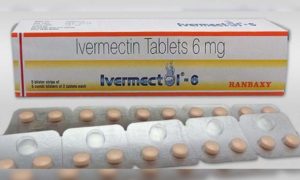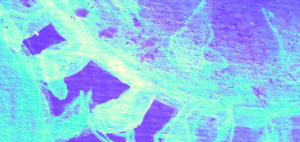How to Distill Water

 Granted, our ancestors didn’t drink pure H2O. They got most of their water from vegetables and fruit and the rest from natural springs–water full of minerals and healthy bacteria. But that water isn’t available anymore. Much of the bottled water is just the processed tap water from down the street and the spring water comes from natural springs all right, but has been contaminated to some extent with industrial or pharmaceutical runoff or other pollutants.
Granted, our ancestors didn’t drink pure H2O. They got most of their water from vegetables and fruit and the rest from natural springs–water full of minerals and healthy bacteria. But that water isn’t available anymore. Much of the bottled water is just the processed tap water from down the street and the spring water comes from natural springs all right, but has been contaminated to some extent with industrial or pharmaceutical runoff or other pollutants.
Healthy people are left with a decision—drink natural water and risk the effects of pollution on one’s body or drink as close to H20 as possible and rely on other sources for your minerals. I recommend the latter because the risk is too high with the type of nonsense found in tap water.
You can filter your water, or you can distill, the optimal choice.
Distillation is a process of filtering and purifying water, resulting in pure, pH-balanced H-TWO-O. The process consists of:
1) Boiling/evaporating the water,
2) Collecting the water vapor,
3) Cooling it to allow it to condense back into liquid, and then
4) Collecting the liquid.
The boiling causes the pure water molecules to evaporate, leaving all impurities behind in the boiling pot. Impurities that distilling will remove include bacteria, viruses, heavy metals, salts, chemicals and particulates. In short, it is a very effective method of creating safe water to drink.
METHODS OF DISTILLATION
There are various ways to distill water.
DISTILLING WATER AT HOME
1. With A Stove
You can distill water at home. You will need:
A stove
A large pot (5+ gallons ideally) with a convex (curving out) lid.
A smaller bowl that fits into the pot
Fill the pot about half way with the water you’d like to distill. Place the pot on a stove element, and turn it to a temperature that will cause the water to boil slowly. Place your bowl in the center of the pot, so it’s floating on the water. Place the lid of the pot upside down, so it curved inwards. Place ice cubes on top of the lid.
The water will turn into steam, and collect on the lid. Because the lid is cold, the steam will condense and because the lid curves inward, will run down to the lowest point and drip into your bowl. Keep the process going until your bowl fills, or gets too close to the bottom of the pan that your collected water begins to boil.
Another adaption you can make is using glass bottles instead of a bowl to collect your water. In this instance, fill one bottle with the water you wish to distill. Connect the two bottles at the top, and place the bottle with water into the water-filled pot. The water in the bottle will evaporate, and flow into the other bottle. Place the second bottle in ice, to cool the steam down and convert it into liquid. Make sure the second bottle is at an angle where the water will collect, and not flow back into the first bottle.
2. Atmospheric Water Generators
These devices extract humidity from the air and convert it into potable water. The process is similar to how a humidifier works, except that they also supply you with clean drinking water.
DISTILLING WATER OUTSIDE
3. Using Bottles
If you have two bottles available to you and warm sunny weather, you can distill water. Fill on bottle with the water you wish to distill, and then connect the two bottles at their openings. Place the bottle filled with water in the sun, and the second bottle in a cooler space. Over time, the water will evaporate from the first bottle and collect in the second. Again, make sure that the second bottle is angled so that water collects, and doesn’t flow back into the first.
4. Solar Still
A solar still collects water from an area that contains moisture, such as soil or plants. a large plastic sheet collects evaporated moisture, and channels it into a collection tub.
5. Rain Water
Mother Nature naturally distills water. When water evaporates from the earth, it leaves its impurities behind. It then condenses in the clouds and falls back to earth. Rain water is perfectly distilled, and if you collect it, it can be used for drinking. Have a large, clean container to collect rain water. When the rain stops, cover the top and let it sit for 2 days, to allow the minerals to settle. It can then be used for drinking.
DISTILLED WATER BY MACHINE
If you’re not ready to do it yourself, you can purchase a distiller for less than a few months of water service. I use the Megahome 1-gallon ($199) and it’s been great for over 4 years.
You’ll need to put a little cleaner in after each distillation but it’s not bad and if you want to avoid the nastiness that’s in tap water, it’s necessary.
DISTILLED WATER- IS IT SAFE?
Distilled water is very safe in the short term, as it has had all of its impurities removed. It is water in its purest form. Over the long term, however, there are some concerns with it. The problem is, it’s missing a lot of minerals found naturally in water sources, and it’s not clear the effect this will have on a person long term. Of course, these minerals are equivalent to what’s found in a pinch of salt (though more varied). As long as distilled water isn’t the only thing you’re consuming, you should be fine.









